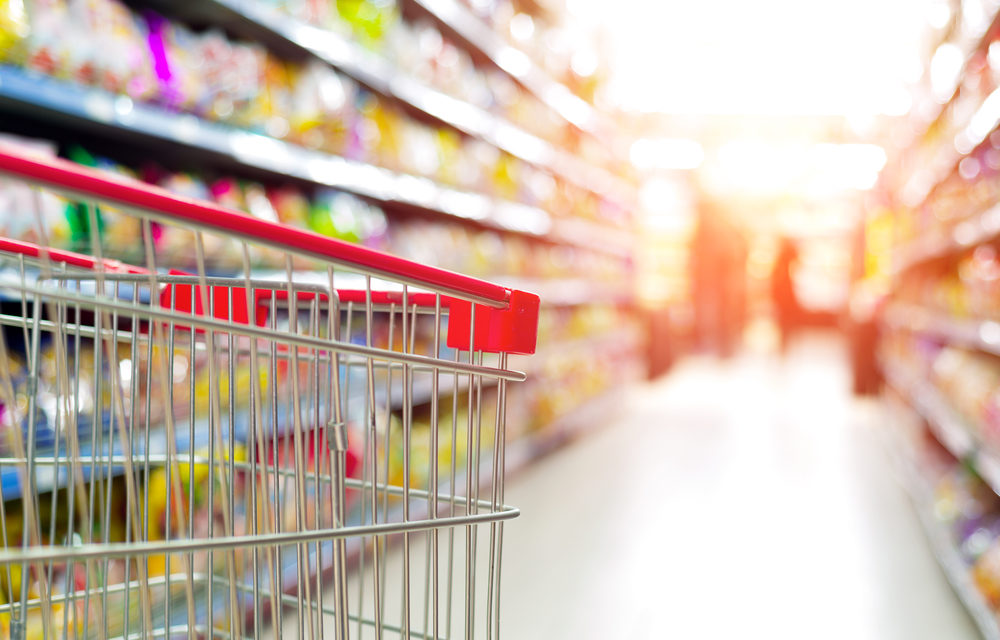The perfect storm that’s hitting the food industry and spurring consolidation and product development changes among major food manufacturers has one big constituency to thank: millennials.
The 18-to-34-year-old demographic, in the midst of disrupting a variety of industries, is rewriting the script in the grocery sector.
Food giants are increasingly buying smaller, startup food labels in large part to provide credibility—and authenticity—among these younger consumers.
Millennials’ preference for nonpackaged, less-processed food has squeezed traditional players, forcing consolidation moves, including The Kraft Heinz Company’s recently withdrawn offer for rival Unilever.
“All of the action we are seeing is driven by the quickly evolving changes of millennials’ eating and food behavior,” said Matt Kleinschmit, managing director of consumer and shopper insights at marketing research firm Maru/Matchbox. “They are radically changing the makeup of the food and beverage space. What used to be considered premium increasingly has become table stakes for millennials.”
In a November 2016 survey of US consumers ages 18 and older, Maru/Matchbox found that millennials are much more likely to value features such as “GMO free” and “locally sourced” compared with their older counterparts. And more than three-fifths said they are willing to pay more for organic, natural, sustainably and locally sourced food.
The reason: More than eight in 10 millennials said they feel more responsible or health conscious if they buy products with these features and benefits, and a similar percentage said seeing those features and benefits would make them more likely to buy the product.
That thinking and behavior has spurred the growth of premium food and beverages, or those that cost at least 20% more than the average category price, according to a December 2016 Nielsen report. The premium end of the US food market rose 8% in the year ended April 2, 2016, outpacing the 3% growth of the whole category.
The study found that big food giants are not the beneficiaries of this shift. Rather, smaller companies are the winners. For example, the 25 largest food and beverage companies in the US drove only 3% of total category growth from 2011 to 2015, while companies below the top 100 drove nearly half of the growth.
Meanwhile, food companies are increasingly competing against their own customers, as retailers including Walmart, Kroger and Amazon have introduced their own organic and natural private-label food. In the Nielsen study, retailers’ private labels contributed to 23% of the food category growth.
“Some of the large and more mass brands are losing relevance with younger consumers,” Kleinschmit said. “What they do doesn’t speak to younger consumers in an authentic and relevent fashion.”
The trend of millennials increasingly shopping for groceries online also has helped small manufacturers get around distribution barriers, the Maru/Matchbox study found.
To respond, many large packaged food giants are working to reduce the amount of time it takes between a product idea and shelf introduction, in some cases reducing that process to six months, compared with 12 to 16 months in the past.
They are also buying small labels that address concerns such as food allergies or gluten content.
“Premium perceptions are not necessarily driven by a strong legacy brand, and existing brand equities can sometimes be at odds with shifting perceptions,” Liana Lubel, senior vice president of Nielsen Innovation Practice, said in the company’s report. “A smaller company builds brand and product perceptions simultaneously, so it can more easily adapt to consumer demand. An established brand’s image may be inconsistent with the needs of a newer launch, and reconciling these can be a difficult task.”
by Andria Cheng

